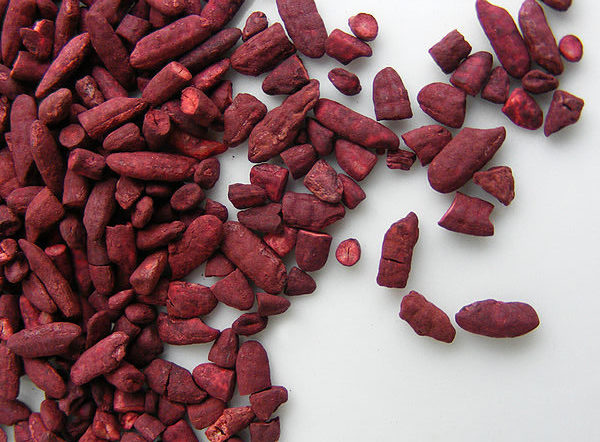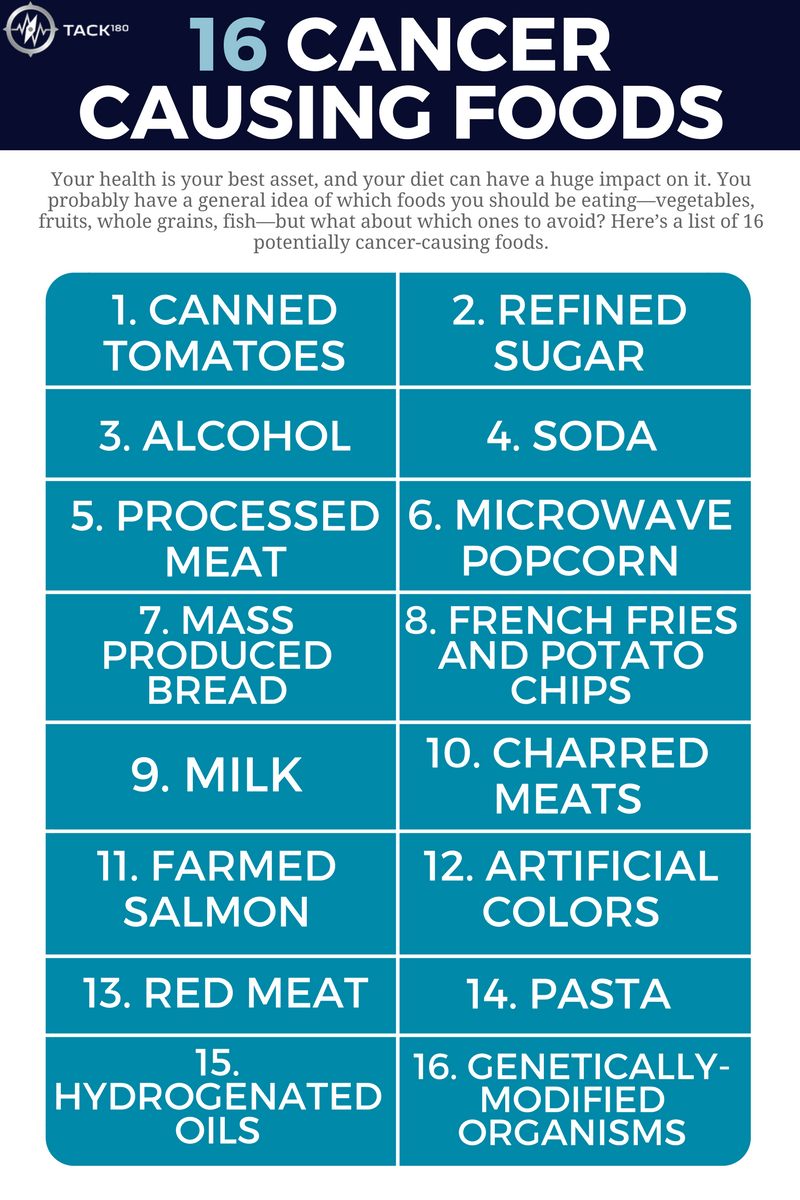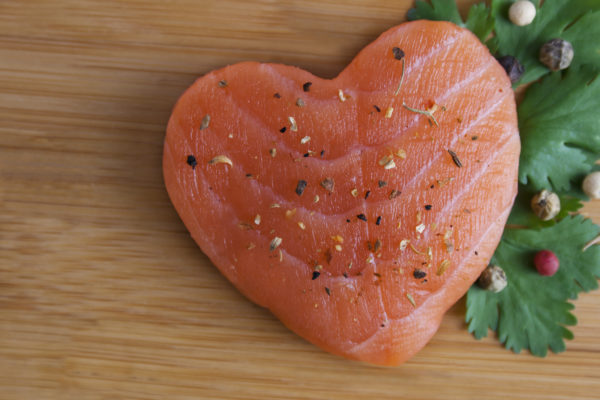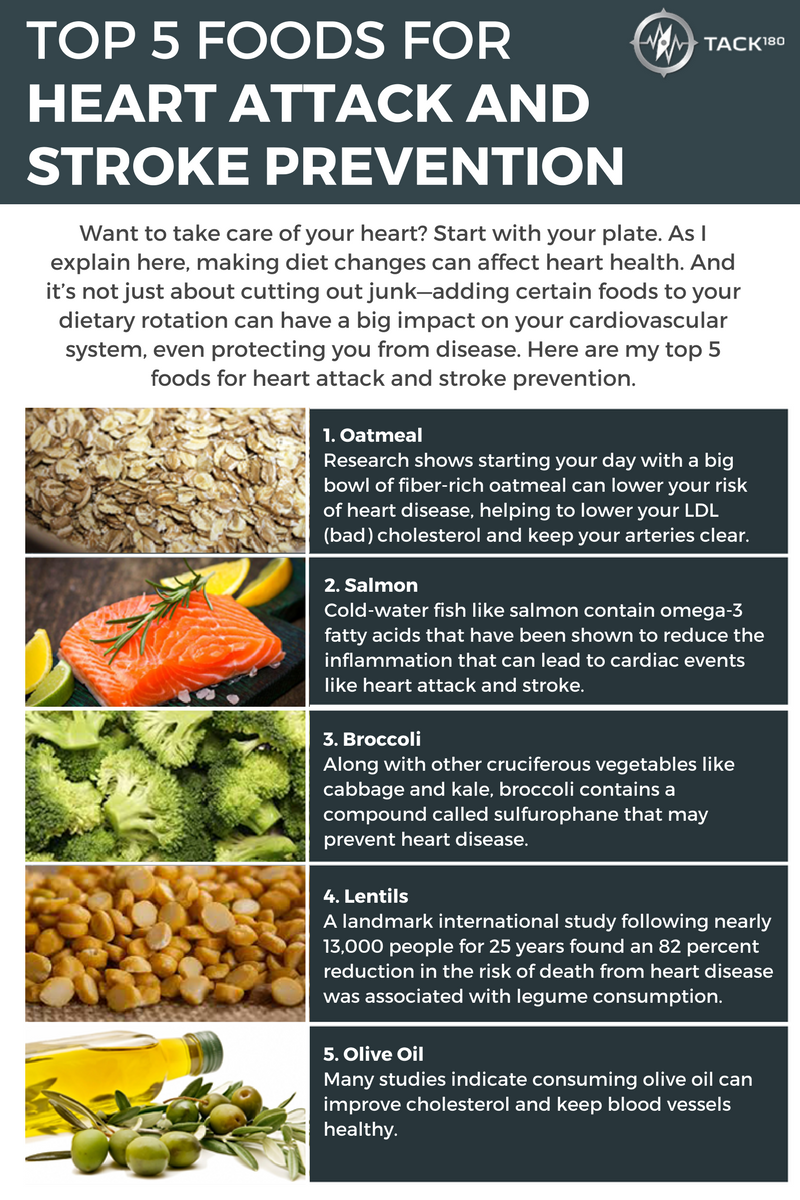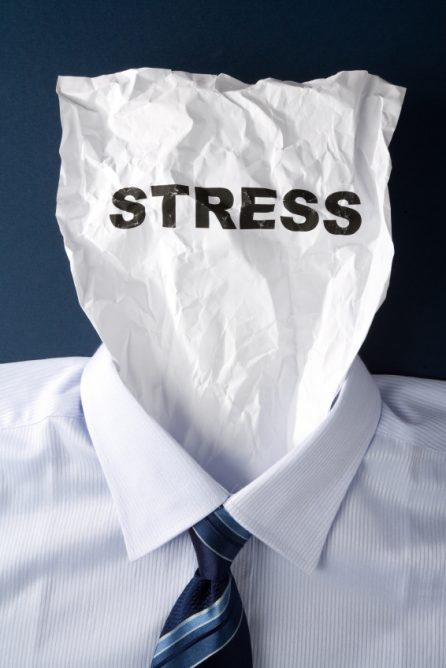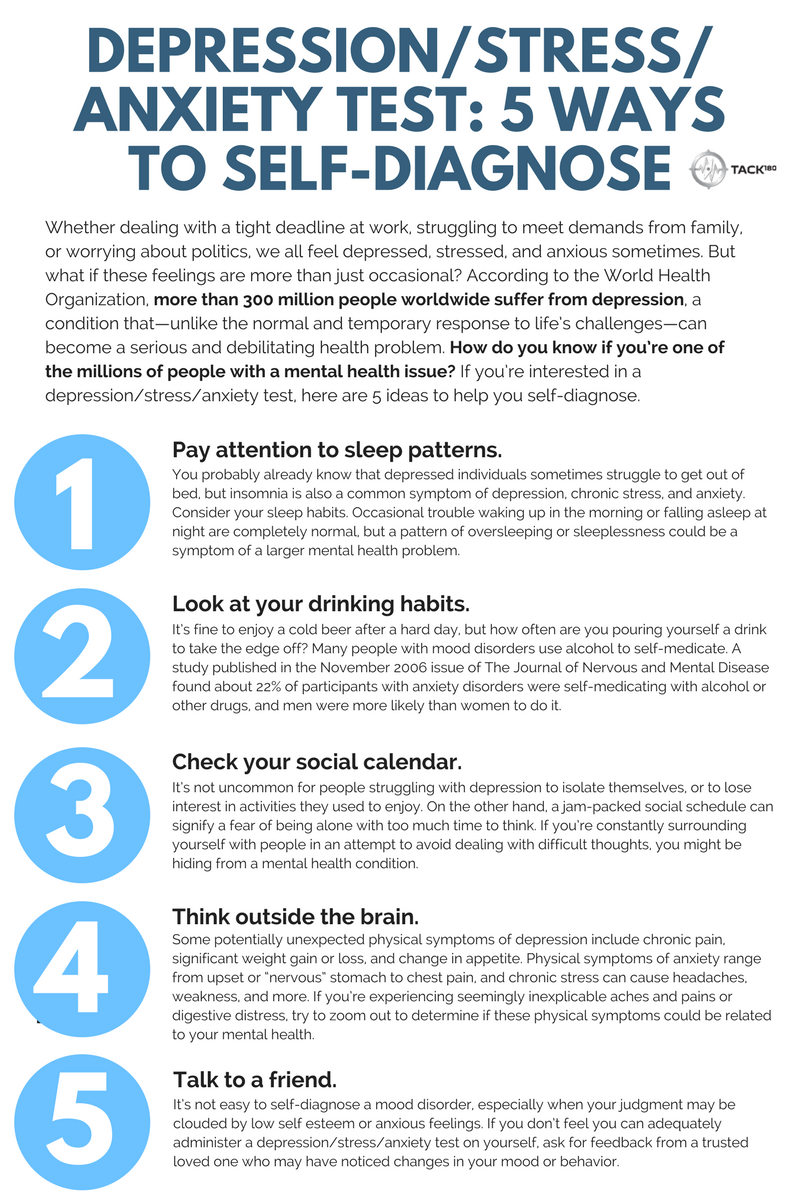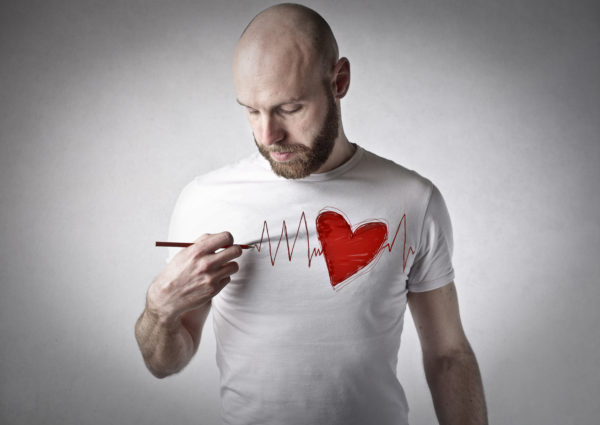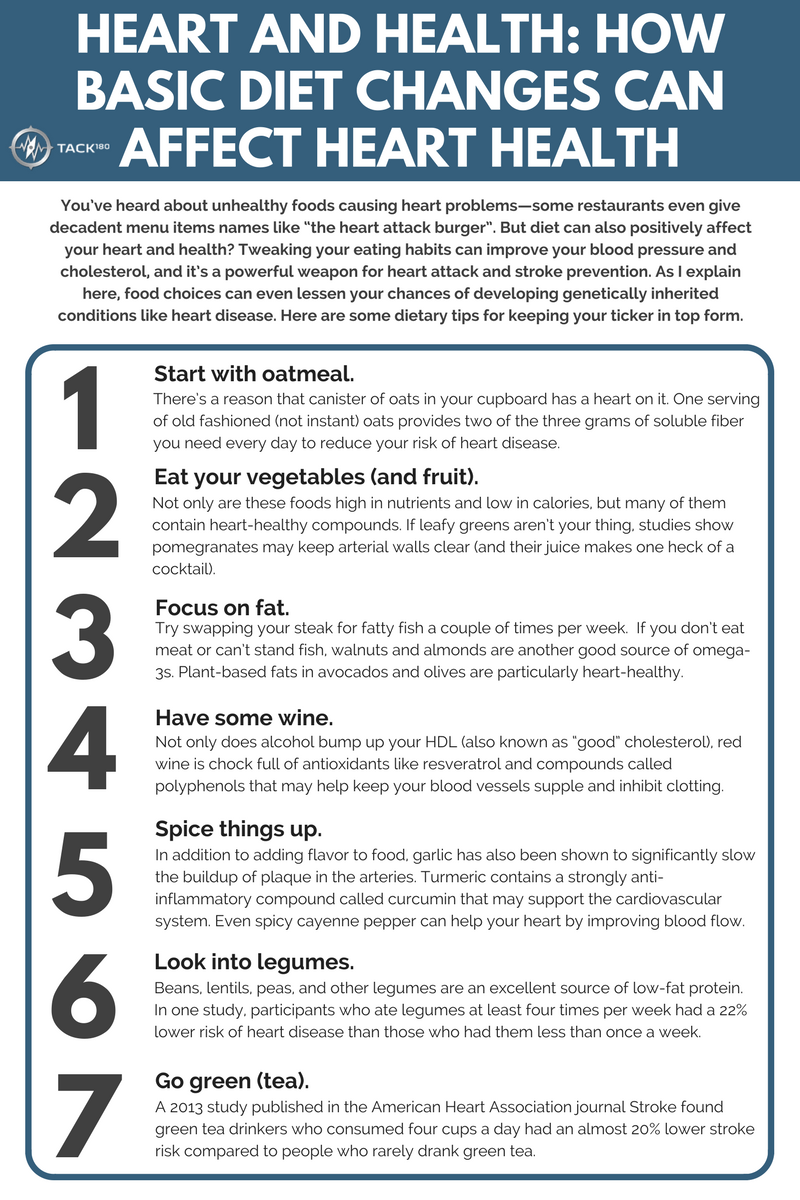Written by Myles Spar
Posted on: August 29, 2017
Share This
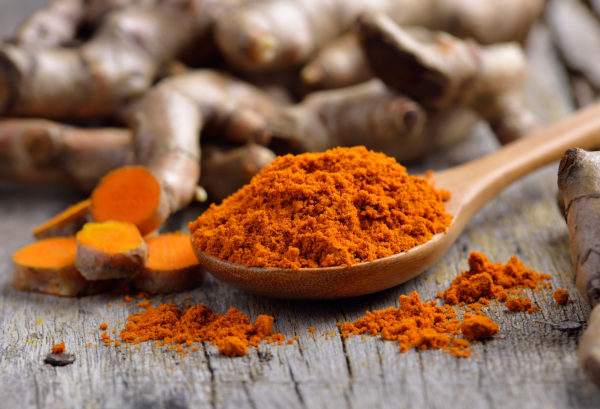
Have you heard about turmeric? Derived from underground stems of the ginger plant known as Curcuma longa, this bright yellow spice is commonly used in Indian curries. It’s also a popular supplement thanks to a powerfully anti-inflammatory and antioxidant active constituent called curcumin. While it shows promise for treating a wide array of health conditions, turmeric’s potential is limited by its low bioavailability, meaning only a relatively small amount enters your body’s circulation. What foods and supplements give you the best turmeric bioavailability? Let’s look at the facts.
Why turmeric?
First, why are so many people talking about turmeric? According to Herbal Medicine: Biomolecular and Clinical Aspects, medicinal use of turmeric goes back nearly 4,000 years. In Ayurveda, the traditional medicine of India, turmeric is documented as an effective treatment for respiratory issues, liver disorders, arthritis, and much more. It also features prominently in traditional Chinese medicine and other healing systems around the world. There are a growing number of scientific studies that support turmeric’s traditional uses. Here are some of the conditions turmeric has been shown to improve:
Arthritis
In an Italian study of patients with osteoarthritis in one or both knees, those who took a turmeric formulation for 90 days showed a 58 percent reduction in overall pain and stiffness compared to controls. They were also able to reduce their need for painkillers such as aspirin and ibuprofen by 63 percent compared to patients on conventional medical therapy alone.
Inflammatory Bowel Disease
The strongly anti-inflammatory active compound in turmeric called curcumin has been shown to relieve the symptoms of IBD. In one study, participants with ulcerative colitis who took curcumin along with medication experienced significant relief compared to those who took a placebo and medication. Furthermore, a data review looking at studies of curcumin for IBD found it has potential as an adjunct therapy as well as on its own.
Depression
A study where 56 patients with major depressive disorder took either curcumin or placebo capsules for eight weeks found those who took curcumin showed significant improvement compared to the placebo group.
Skin Cancer
In 2005, researchers from The University of Texas M. D. Anderson Cancer Center found curcumin blocks a key biological pathway needed for development of melanoma and other cancers.
Best bioavailability?
Now that you know a bit about turmeric’s potential, how can you make sure you’re choosing a product your body can actually utilize? According to Andrew Weil, MD, turmeric/curcumin supplements aren’t well absorbed unless they’re taken with a constituent of black pepper called piperine. Why pepper? As reported by Michael Greger, MD, FACLM, on NutritionFacts.org, the piperine in black pepper inhibits the liver from getting rid of turmeric, so the amount in the blood stays higher. Also, pepper helps the absorption of curcumins from the gut. Dr. Greger points to a study wherein subjects who were given curcumin in addition to pepper showed higher concentrations of curcumin in the blood compared to those who were given curcumin alone. The same amount of curcumin was consumed, but bioavailability increased by 2,000 percent in the pepper group. He adds that even a pinch of pepper can make a big difference. In another study, both bioavailability and intestinal absorption of curcumin were improved when it was given with piperine, and it stayed significantly longer in body tissues like the brain, where it was still detected 96 hours after administration.
What should I take?
Dr. Weil, prefers whole turmeric supplements over isolated curcumin for his patients, believing they work better to reduce inflammation. He recommends looking for a supplement standardized for 95 percent curcuminoids that also contains black pepper or piperine and taking 400-600 milligrams three times per day or as directed on the label. I like Turmeric Force from New Chapter Organics if you want it in capsule form, and the highly reputable company Megafood makes a Daily Turmeric Nutrient Booster Powder™ that can be added to smoothies, protein shakes, or juice. Prefer to get your nutrients from food rather than a pill? Try cooking a simple curry (don’t forget the pepper!) or whip up a batch of the iconic surfer and Men’s Journal columnist Laird Hamilton’s turmeric juice. No matter how you take it, give turmeric some time to work its magic—Dr. Weil says it may be up to eight weeks before you see results.
Have more questions about which foods and supplements give the best turmeric bioavailability? Wondering if there are other things you should be taking? See my detailed list of 5 supplements everyone should take here, and check out Dr. Spar’s Guide to Supplements for even more expert guidance.




